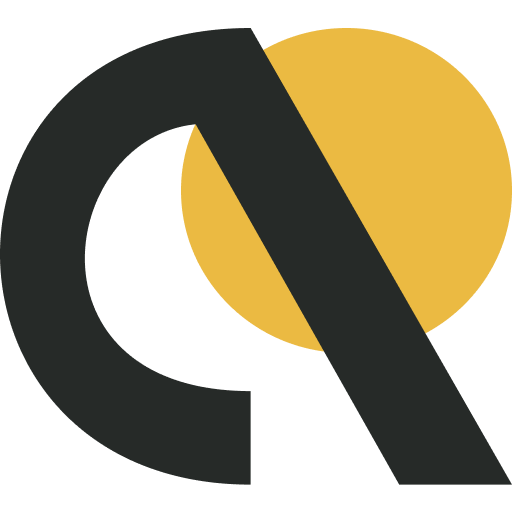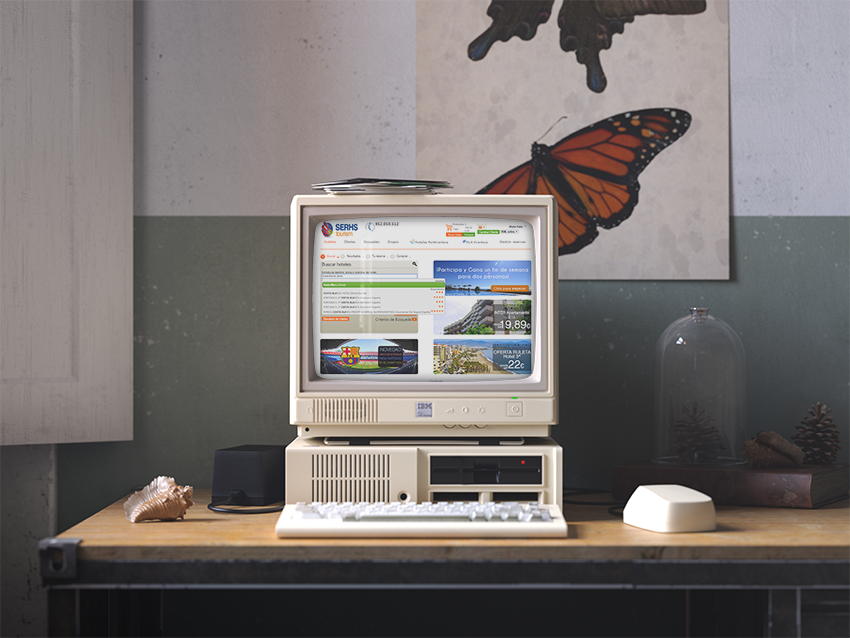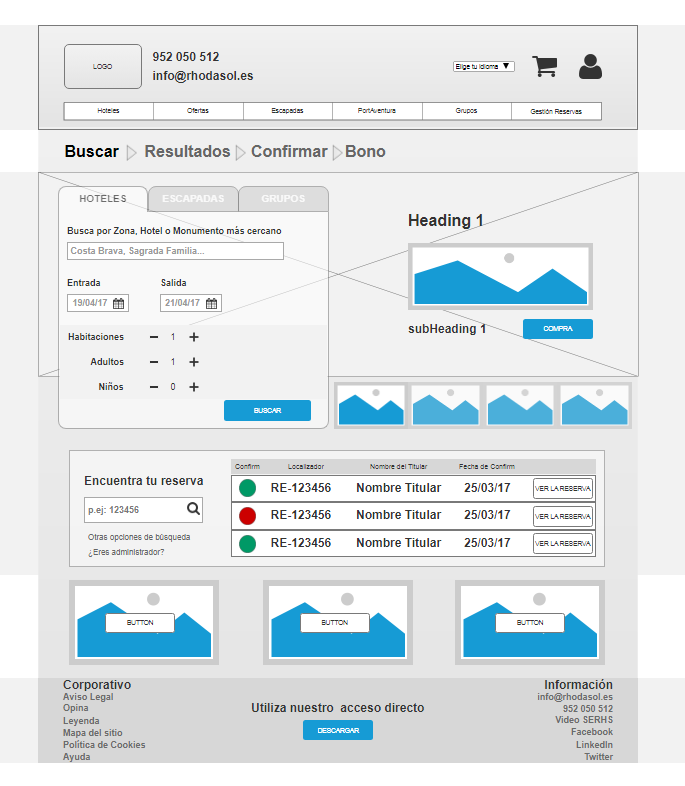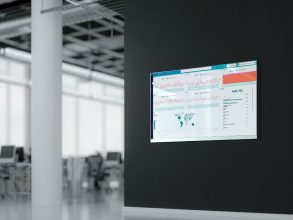Redesign a B2B tourism SaaS / 2016
3 min read
Role
UX lead and researcher
Task
Research, Wireframe & Prototype
One of the clients


Tools


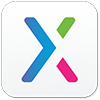

After a year of working as a webmaster in the Marketing department, I was tasked with envisioning, and redesigning the SaaS for our B2B corporation in the tourism space.
As an additive component to the difficulty— this experience needed to deal with existing systems, processes, and platforms on the back-end, while delivering a heightened, delightful user experience on the front-end that would drive user engagement to deliver on several mission-critical business metrics and KPI’s.
This case study outlines the high-level design process, phased approach, and key deliverables associated with the definition, facilitation, and development of the conversational, platform experience.
Scenario
Several travel agencies and tour operators are still using SERHS’ platform as one of the best options for the hotel room market.
As a quick description: hotels are selling their rooms to travel agencies, dotcoms… through this platform.
A delicate situation where an agent has a client in front of him/her waiting for a 4 to 5 figures transactions to be executed.
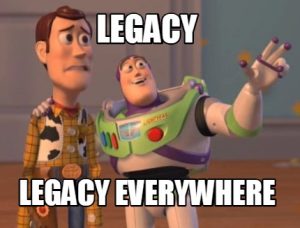
problem
The experience for using the machine was a bit frustrating as its permissions were getting stuck or even freezing it.
Something crucial to be solved as the agents were having many problems dealing with angry clients.
project goal
The primary goal was to smooth the funnel and improve the navigation
The secondary and maybe part of the primary was to make feel the affected parts as a component of the solution as this platform hasn’t had been upgraded in 15 years.
my design process
Even before the design was the debate about implementing UX (or even, WTF was UX) (..imagine when I said research…)
After many meetings and evangelization, I finally get 15 days of research and a couple of months of definition (or as it was, the rest of my process)
1. desk research
Benchmark as its pure essence and heuristic analysis of our beloved dinosaur 🦕 (the previous platform was even worse..)
Ideas, inspiration, early solutions, and an (oldie but goldie) SWOT.
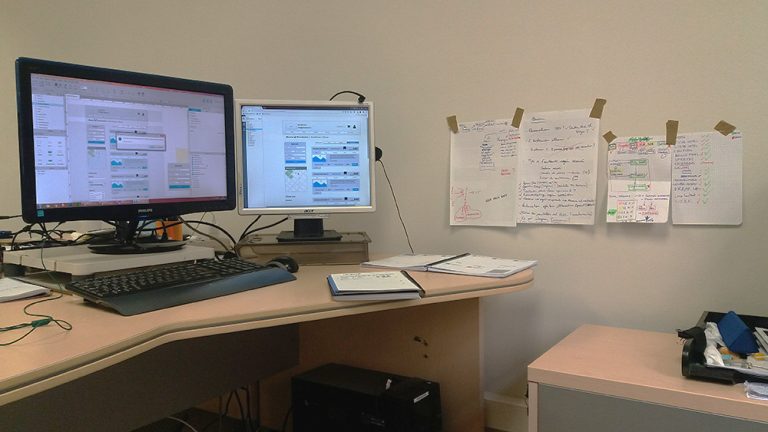
2. Interviews & Surveys (& monitoring)
As a webmaster I had in my DB, almost 10k emails and the company permission to use it, I also asked for gratuities to give as a reward and I immediately started creating surveys for the 3 different markets (England, Spain and France).
On the other side, I defined my stakeholders and I started calling the call center and a couple of regional managers. That worked perfectly to define the problem and brainstorm some early solutions.
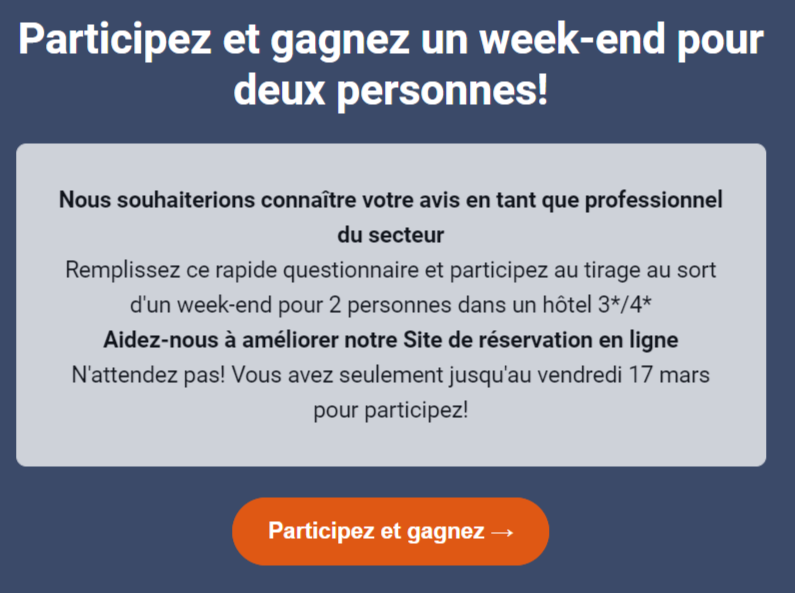
Finally, I inlay monitoring codes on the sites that were giving access to the platform and in the main platform too. That allowed me to create funnels and heatmaps to see movement, scroll, and clicks.
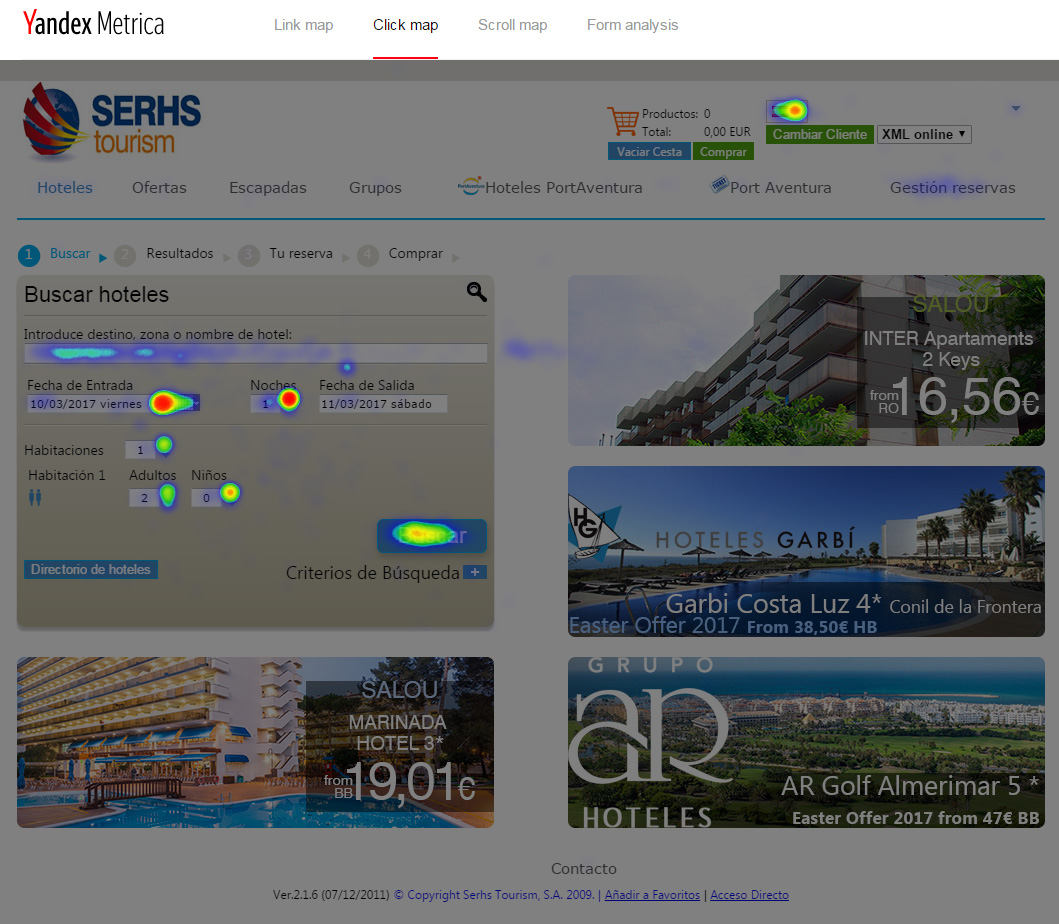
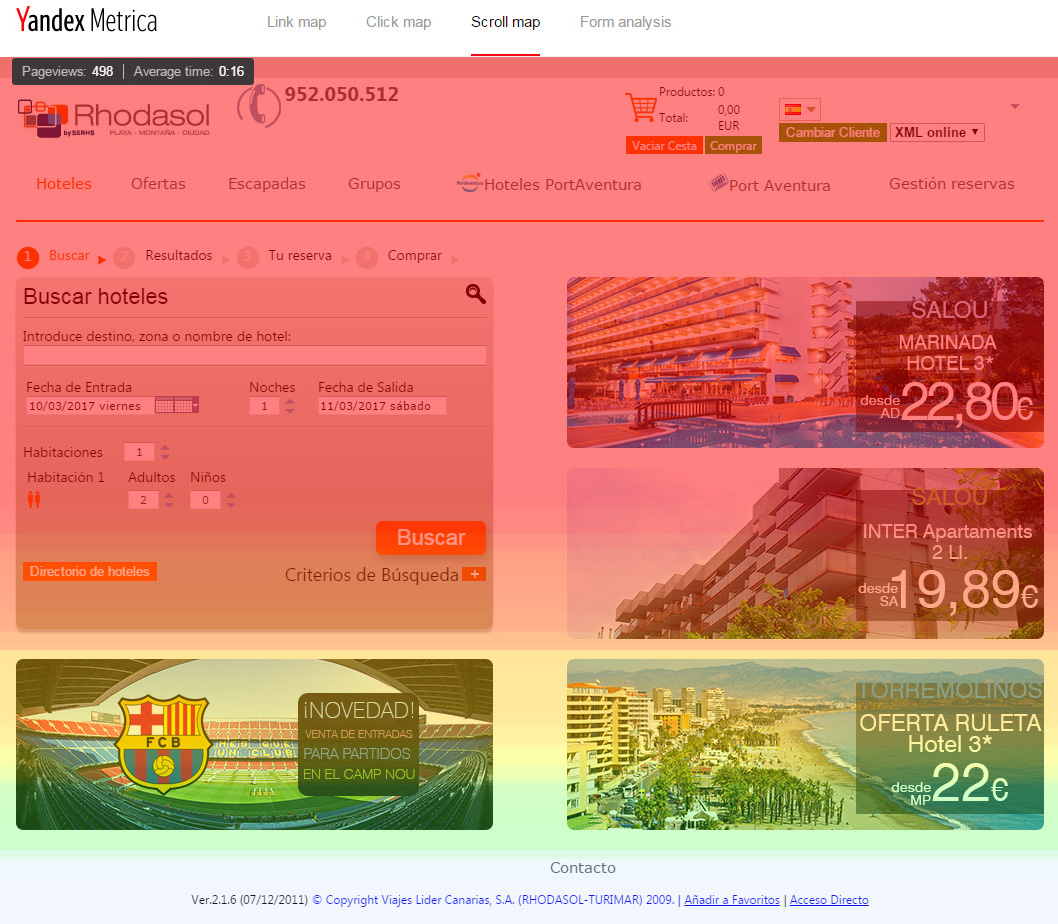
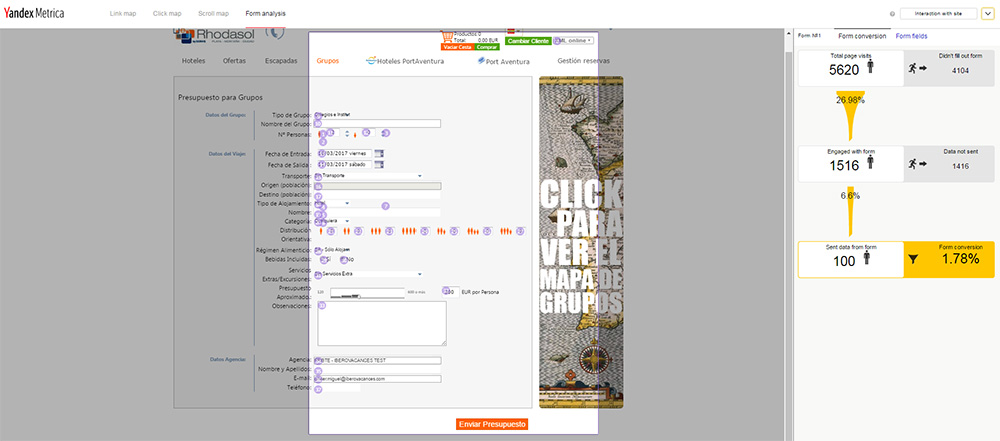
3. collaborative ideation & it contrast
At that time (casual or causal) a new chief was just hired (fresh air!) that was especially interested to be involved. I never co-create with them but I periodically checked my findings with him and other intermediate managers; a routine that turned out to be crucial to defend it in front of all the other chiefs.
Something key I did is to constantly check with our in-house IT team. The old platform was based on .NET and many of my proposals were knocked down because of that. Hopefully, we found common solutions for planning to solve the main problem.
4. rapid prototyping
After 2 weeks of research and with all the main insights collected and digested I start prototyping in Axure in order to have something to check the navigation ASAP. It took me 3 meetings until they bring me to the CEO to show the proposal. And it got accepted! 💪
5. ui plan
I finished all the screens, without design, raw as Alexander Supertramp. The code was chosen (not by me, neither by them but because of THE legacy), so I did my functional document and in parallel, I started looking for a UI freelance.
6. development plan
After a couple of interviews, I found a good one. Being a big company it’s easy to find options and I enjoyed looking for talent. I made some appointments to see if we were on the same page and I started with the follow-up.
At this point, the user experience was done, my main job since then was to be sure the implementation and design were following my decisions. And they did. 🎊

